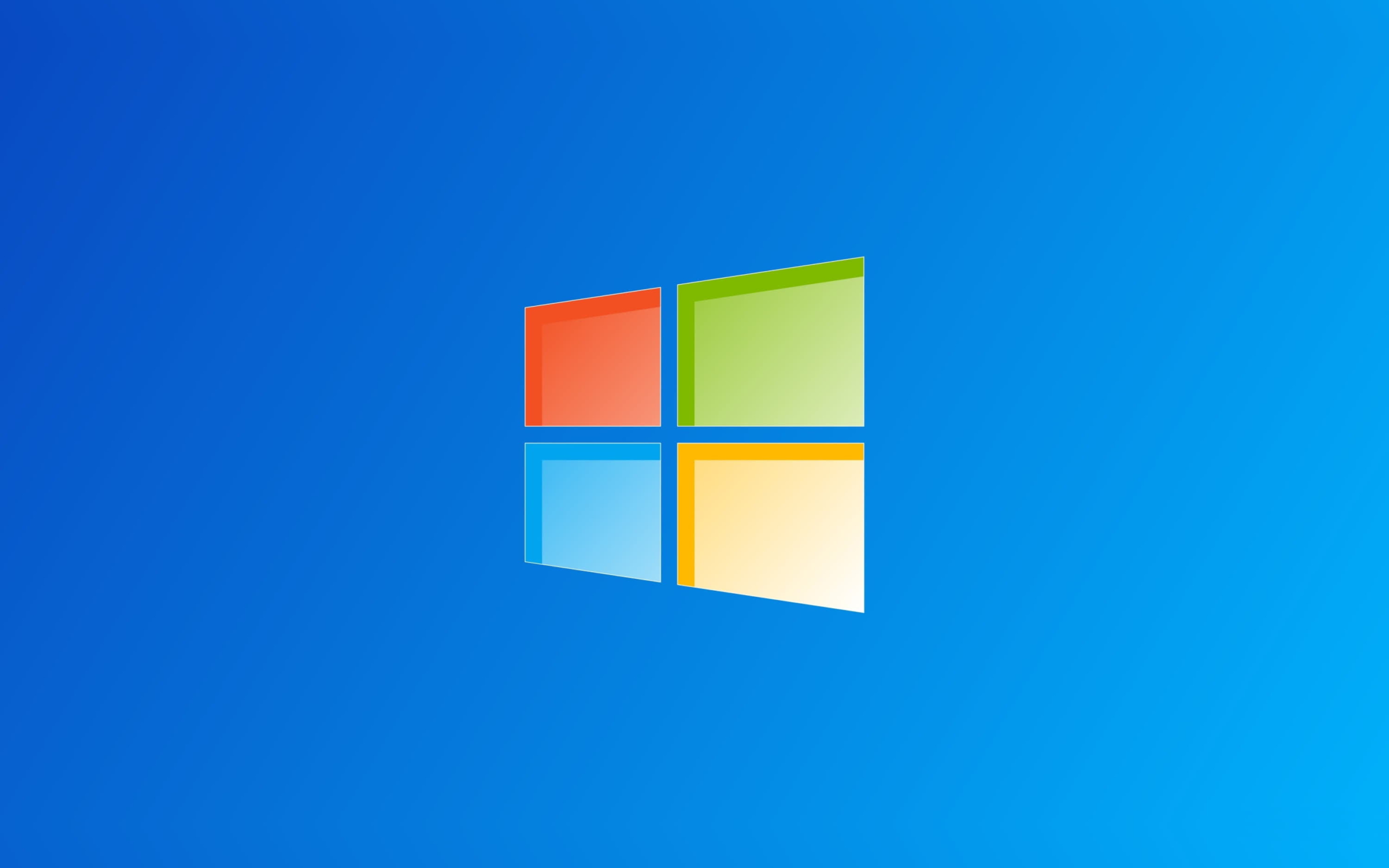OnePlus Nord CE gets July 2023 Android security patch
OnePlus has announced the incremental rollout of the OxygenOS 13 F.50 update for users of the OnePlus Nord CE. This update is currently being rolled out in batches to users in the India (IN) region.
The OxygenOS 13 F.50 update brings a couple of improvements and bug fixes, aiming to enhance the overall user experience on the OnePlus Nord CE. One notable enhancement is the integration of the July 2023 Android security patch, which boosts system security.
Furthermore, the update addresses an issue that could lead to stuttering on the Home screen after unlocking the phone.
With the OxygenOS 13 F.50 update, OnePlus has also rectified an issue that could cause the Photos app to crash under certain scenarios.
Below is the complete update changelog shared by OnePlus on the Community forums:
System
- Integrates the July 2023 Android security patch to enhance system security.
- Fixes an issue that might cause the Home screen to stutter after you unlock your phone.
Camera
- Fixes an issue that might cause the Photos app to crash in certain scenarios.
As with most software updates, the OxygenOS 13 F.50 update is being rolled out in batches, which means a limited number of users will receive it today. A broader rollout will commence in a few days.
To check for the OxygenOS 13 F.50 update manually, navigate to Settings > System > System Updates.
OnePlus Nord CE: Specifications
Here are the key specifications of the OnePlus Nord CE:
Display
- 6.43-inch Fluid AMOLED display
- 90Hz refresh rate
Processor and Memory
- Qualcomm Snapdragon 750G
- 6GB/8GB/12GB LPDDR4X RAM
Storage
Operating System
Cameras
-
Rear Camera
- 64 MP primary camera with f/1.8 aperture
- 8 MP ultra-wide-angle camera with f/2.3 aperture
- 2 MP mono sensor with f/2.4 aperture
-
Front Camera
Battery
- 4,500mAh non-removable battery
- Warp Charge 30T Plus fast charging (30W)
Others
- 5G connectivity
- In-display fingerprint sensor
- 3.5mm headphone jack




